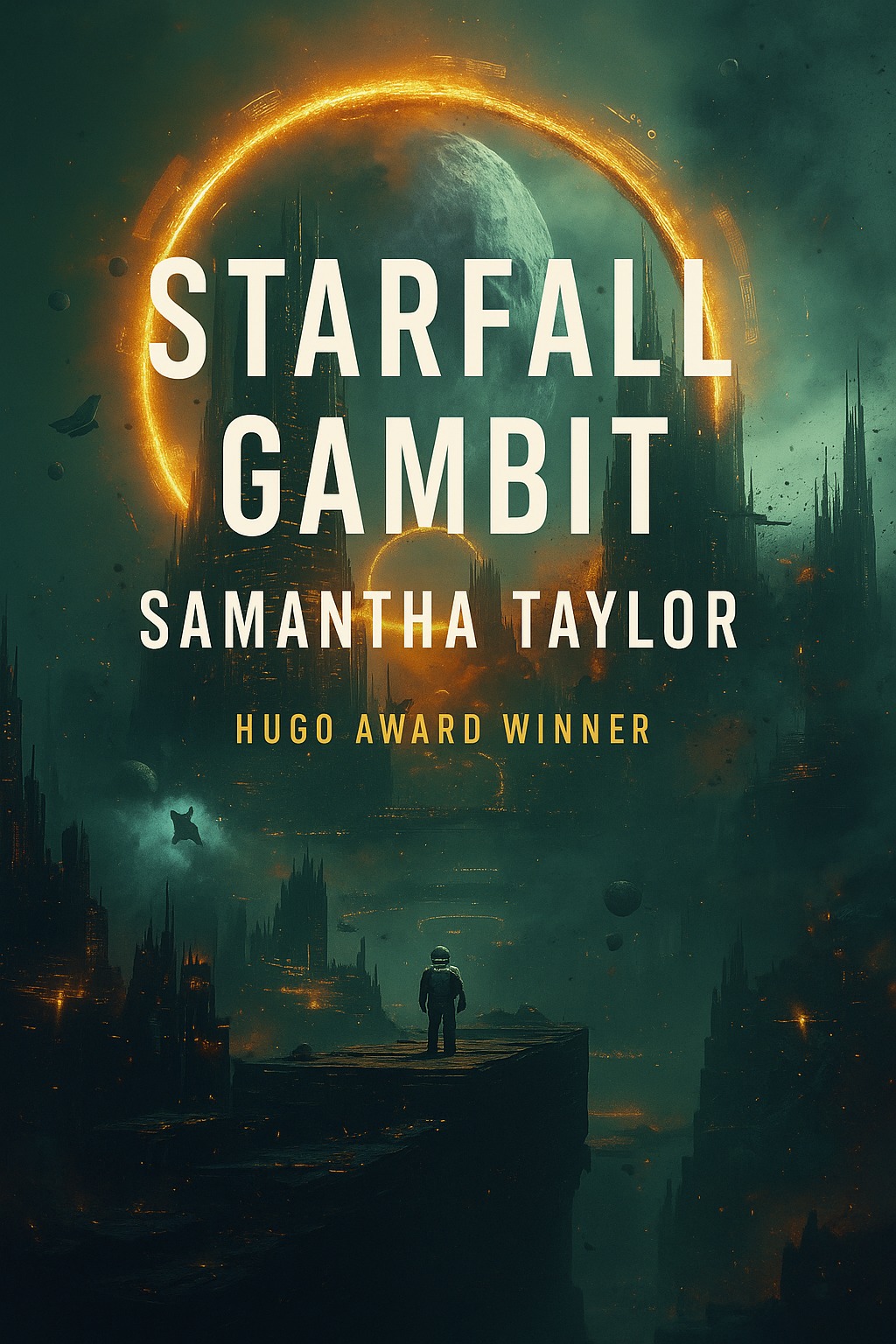Screamed, cried, learned orbital mechanics, adopted a compass.
When the derelict satellite ring nicknamed the Starfall begins to precess toward Earth, Mara Kereama—once an oceanographic data analyst in Wellington, now a low-orbit salvage pilot—sees currents where others see chaos. Hired to chart debris flows from Lyall Bay to the Earth–Moon L1 corridor, she and systems engineer Ishaan Qureshi model the swarm like a migrating storm front, their screens blooming with eddies and break lines. As governments argue and corporations hedge, an old brass compass on Mara's dash ticks in microgravity, asking which way is home.
On the platform Neptune's Arc beside the Lagrange Gate, the team plots a risky gambit: nudge the Starfall into safe capture using magnetized sails and timed mass drivers, treating orbit like ocean. But their simulations expose a hidden purpose—someone is using the chaos to smuggle a shuttered archive, the Kauri Seed, through the corridor—and Mara must choose between clean math and messy loyalties. In the silences between burns and the hiss of coolant, she reckons with the storm that took her sister off Kaikōura, discovering that the maps we make are also the ones we survive.

